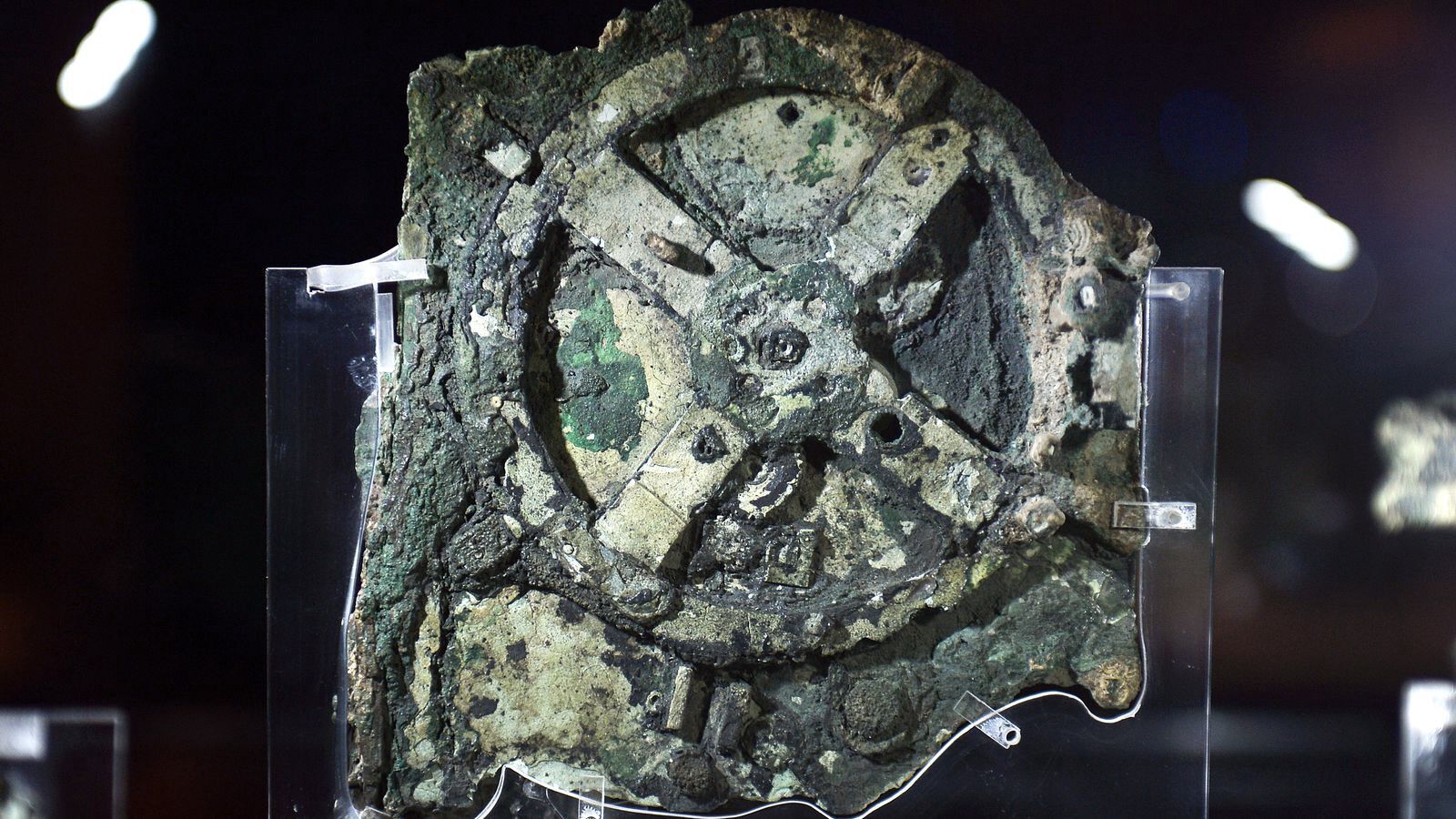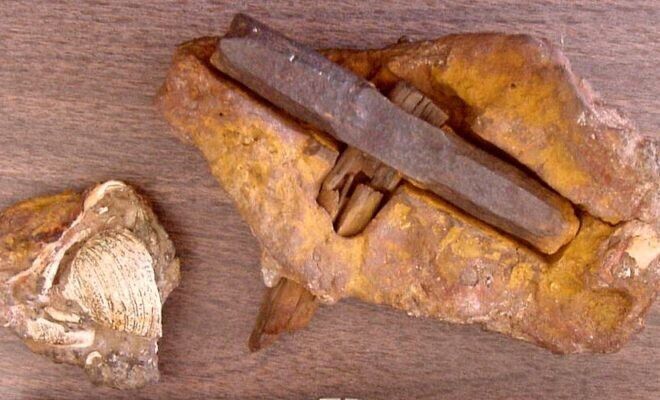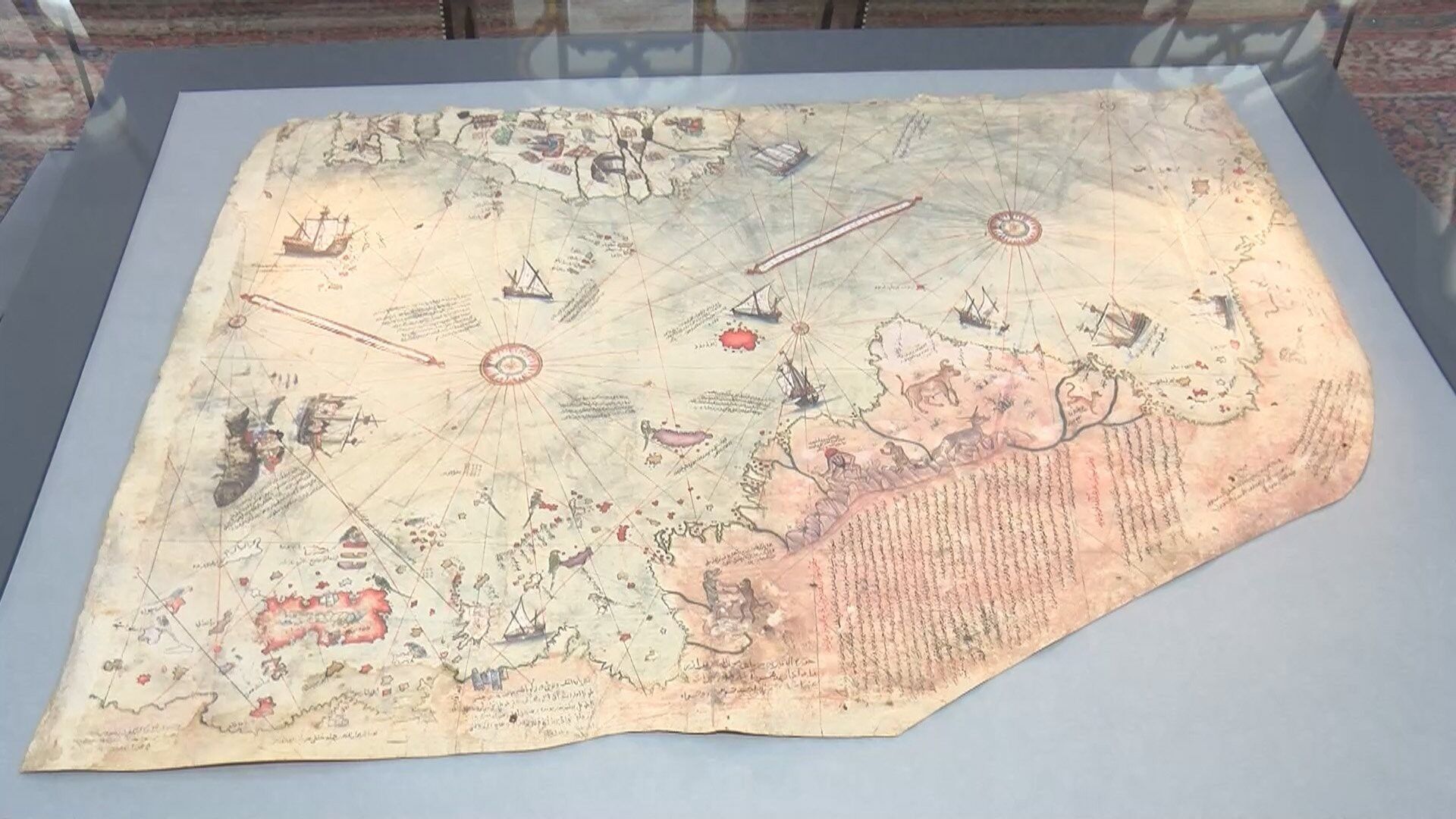Life
Five archaeological artefacts whose secrets are unlikely to be solved
If you give a modern child a film cassette case or a disc telephone, they will hardly know what to do with it. And this is despite the fact that some 30-40 years have passed since these things were in use. What can we say about artefacts that are hundreds or even thousands of years away.
Medium has collected five archaeological finds, the origin or purpose of which no one has been able to fully understand. An amazing mechanism that has never been found before, a map that was 300 years ahead of its time, evidence of the possible existence of high technology in ancient times - these are among the most mysterious artefacts in history.
Antikythera mechanism
Several bronze gears fixed in pieces of limestone were recovered from an ancient Roman ship that sank off the island of Antikythera around the beginning of the first century BC. This mechanism is considered to be the world's first analogue computer. As the researchers, who examined the artefact from all sides, both directly and under X-rays and in a tomograph, were able to establish, the device was clearly designed to calculate the position of celestial bodies. And this was an extremely important task when travelling by sea in ancient times.
It was found that the mechanism was able to do things that were unthinkable at the time: it could accurately model the movement of the Sun and Moon and even show the positions of at least three planets - Mars, Jupiter and Saturn. But where did this amazing device come from and who made it? Historians have never found anything like it before or since. You can see the curiosity at the National Archaeological Museum of Greece.
The bird from Sakkara
In the Egyptian village of Saqqara, not far from Cairo, archaeologists in 1898 unearthed a burial ground dating back some 2200 years, in which they found a small wooden figurine of a bird without a beak. It seemed unremarkable to them, so it went to the museum's storerooms away from human eyes. It was there in 1972 that it was found by an amateur Egyptologist Khalil Messiha. He assumed that this figurine did not actually represent a bird, but a man-made aircraft.
There have even been several attempts to build a model of a glider based on this figurine, but all of them have failed. So the debate over whether the figurine depicts a bird or an aeroplane continues to this day. Other popular versions are that it is a ritual object dedicated to the falcon god (Horus or Ra) or an ordinary children's toy. It is exhibited in the Cairo Museum.
London hammer
London, near where this artefact was found, is not in England at all, but in Texas, USA. One summer day, either in 1934 or 1936, a farmer named Max Hahn and his wife Emma found a stone with something wooden sticking out of it. They brought it home and broke it.
The object inside turned out to be a hammer with a fragment of a handle - this form of tool was common in the eighteenth and nineteenth centuries. What was mysterious was that the stone in which it was lying was dated by archaeologists of the time to the Horde period, which flourished about 450 million years ago. At that time, not only people with their tools, but even dinosaurs did not exist.
It is not known how a clearly man-made object could have appeared in such a rock. Currently, scientists are inclined to believe that the rock in which the hammer was found is not really that old, but they still cannot fully understand how it ended up inside the stone. The artefact is an exhibit at the Creationist Creation Evidence Museum in Texas.
Baghdad battery
The clay pot, which had a copper tube inside and an iron rod in it, is most similar in design to a modern battery. A set of three such artefacts was found in 1936 in the Hujut Rabu area near the Iraqi capital Baghdad. It is still unknown what they are and what they were used for.
Some scientists have tried to fill a similar container with a solution of wine vinegar and thus obtained a voltage of 0.5 volts. They came to the conclusion that the device could indeed serve as a battery, or rather a galvanic cell. On the other hand, there is no evidence that people used anything resembling electricity at the time when this pot was made. So the exhibit of the National Museum of Iraq remains a complete mystery.
Map of Piri Reis
Piri Reis was an Ottoman navigator and cartographer, a contemporary of Sultan Suleiman the Magnificent, at the turn of the 15th and 16th centuries, when the era of great geographical discoveries was just beginning. Nevertheless, on the map created by Piri Reis in 1513, researchers saw the coasts of North and South America, North Africa, and the Atlantic Ocean islands marked quite accurately. As for the coasts of the Americas, the navigator himself claimed to have drawn them from the work of Christopher Columbus, but the original Columbian map has not yet been found.
Researchers of Piri Reis's work are also still arguing whether the image in its southern part is Antarctica or not - the continent was discovered only 300 years after the cartographer lived. And they wonder how the Ottoman cartographer could have known about the Andes Mountains, which are also depicted on the map. The map created by Piri Reis can be seen on the modern 10 Turkish Lira banknote, and the original is kept in the library of the Topkapi Palace in Istanbul, although it is not shown to tourists.
These artefacts are just a drop in the ocean of historical mysteries left to us by previous generations.
As OBOZREVATEL wrote, there are historical mysteries that scientists have been struggling with for tens or even hundreds of years - here are 12 of them. No less intriguing is the origin of life on Earth, over which scientists are gradually lifting the veil of secrecy.
































